Ceretto Barbaresco Bernardot 2021
- Decanter
-
Robert
Parker -
Wine
Enthusiast - Vinous
-
Wine
Spectator -
James
Suckling
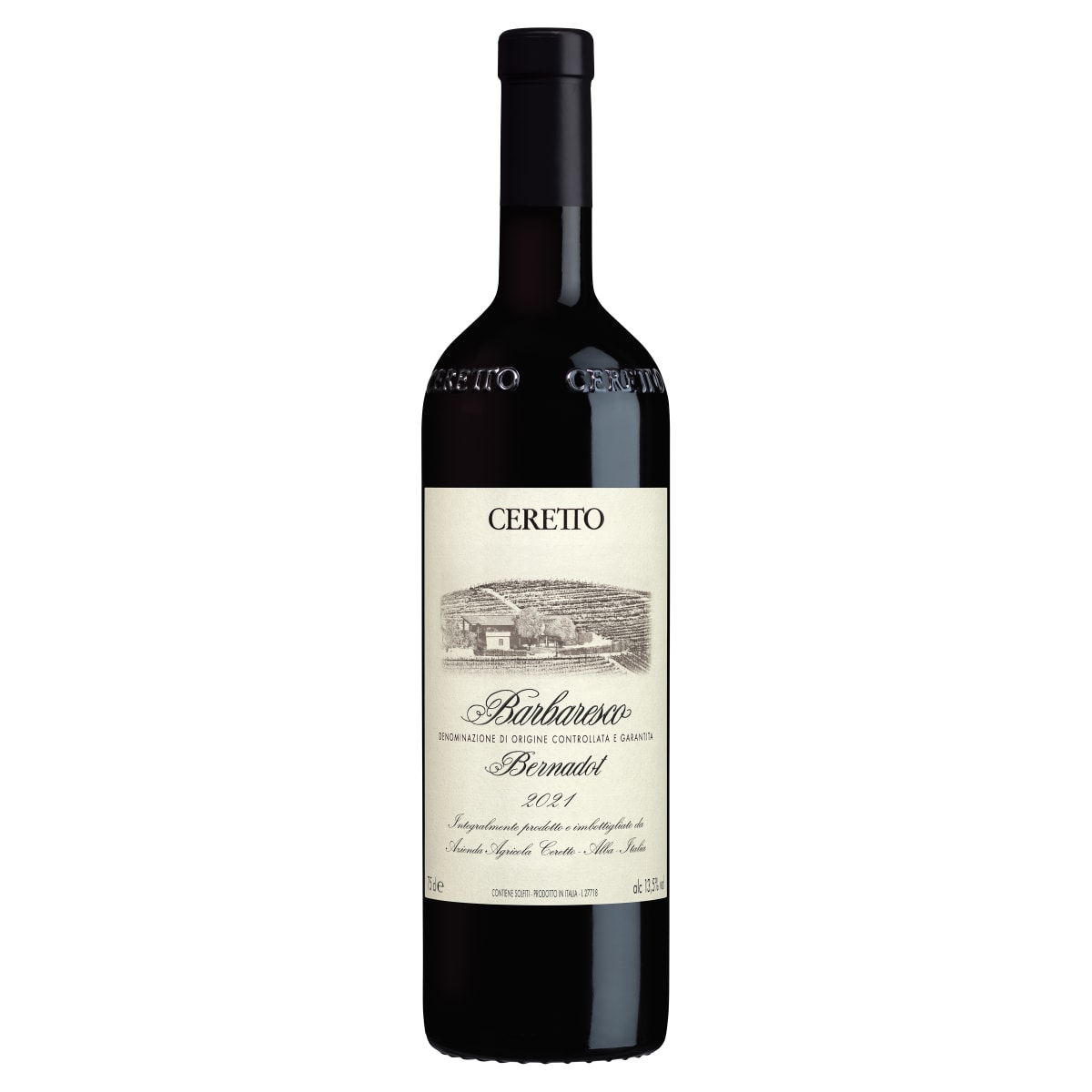


Product Details
Your Rating
Somm Note
Winemaker Notes
This exemplary vineyard, Bernadot, located just below the village of Treiso, has been considered one of the best vineyards located within the DOCG Barbaresco for more than a century. Enclosed in a natural amphitheater, this vineyard site contains a special microclimate favorable to the phenolic maturation of the vines. The Ceretto family has made wine from this site for over two decades, repeatedly showcasing wines with an exciting drinkability.
Located at a rather high elevation of 1,300 feet (400 meters) above sea level, the Ceretto family farms their 11.95 acres of this cru biodynamically. Winemaker Alessandro Ceretto feels this practice is making the wine “more expressive year-after-year, and not only pleasing on the palate but also remarkably dynamic.”
Professional Ratings
-
Decanter
Wild herbal notes on the nose with rose petals, jasmine, fragrant spices and red cherries. Bright acidity and fresh plump red cherries and berries, so forward and energetic with supportive almost mineral-edged tannins that give a wide expanse in the mouth. I love the texture, it's round, filling and so generous yet so controlled and refined at the same time. Supple, juicy, almost chewy given the texture but elongates keeping the intensity of flavor and acidity. I love it.
-
Robert Parker's Wine Advocate
Here's the star wine in this flight from Ceretto. The 2021 Barbaresco Bernadot is a beautiful expression with great balance and pretty aromas of bright berry, cherry-cranberry, pressed flower, balsamic aged vinegar, dark fruit and rye biscuit or something with dark grains. The wine shows great acidity and good intensity with a long finish, and it remains sprightly overall, carrying its medium fruit weight with grace. Organic and biodynamic farming methods are used for this 4.8-hectare site.
-
Wine Enthusiast
Dive into the enticing embrace of red fruit aromas, from the vibrant freshness of raspberries to the luscious depth of juicy plums. Revel in the symphony of warmed spices of black pepper to the cinnamon and all in between. Firm and structured, with taut yet velvety tannins, this wine strikes a perfect balance between seriousness and joyful. As it unfolds, delicate notes of crushed red berries and rose petal grace the elegant finish, promising a rewarding evolution with cellar aging. Drink from 2027.
Cellar Selection -
Vinous
Ceretto's 2021 Barbaresco Bernardot is laced with dark cherry, grilled herbs, mint, tobacco and cedar. This is a decidedly floral, earthy Barbaresco endowed with fine balance and plenty of immediacy. This opens beautifully with some air, as the fruit emerges, wrapped by plenty of Bernardot muscle. This is classic Treiso.
-
Wine Spectator
This red is elegant and eloquent, featuring cherry, raspberry, violet and mineral flavors. Nicely built and harmonious, with a refreshing, complex and lingering finish. Approachable now for its beautiful fruit. Best from 2027 through 2040.
-
James Suckling
Perfumed with a rose stem and cherry character. Really aromatic. Medium body, soft and juicy. Very approachable and delicious now. Drink or hold.
Other Vintages
2020-
Robert
Parker -
James
Suckling -
Wine
Spectator
-
Robert
Parker -
Wine
Spectator -
Wilfred
Wong
-
Robert
Parker -
Wine
Enthusiast -
Wine
Spectator
-
Robert
Parker -
James
Suckling -
Wine
Spectator -
Wine
Enthusiast
-
James
Suckling -
Robert
Parker -
Wine
Enthusiast -
Wine
Spectator
-
Robert
Parker
-
James
Suckling -
Wine
Spectator -
Robert
Parker -
Wine
Enthusiast
-
James
Suckling -
Wine
Enthusiast -
Wine
Spectator
-
Wine
Spectator
-
Wine
Spectator -
Robert
Parker -
Wine
Enthusiast
-
Wine
Enthusiast -
Wine &
Spirits
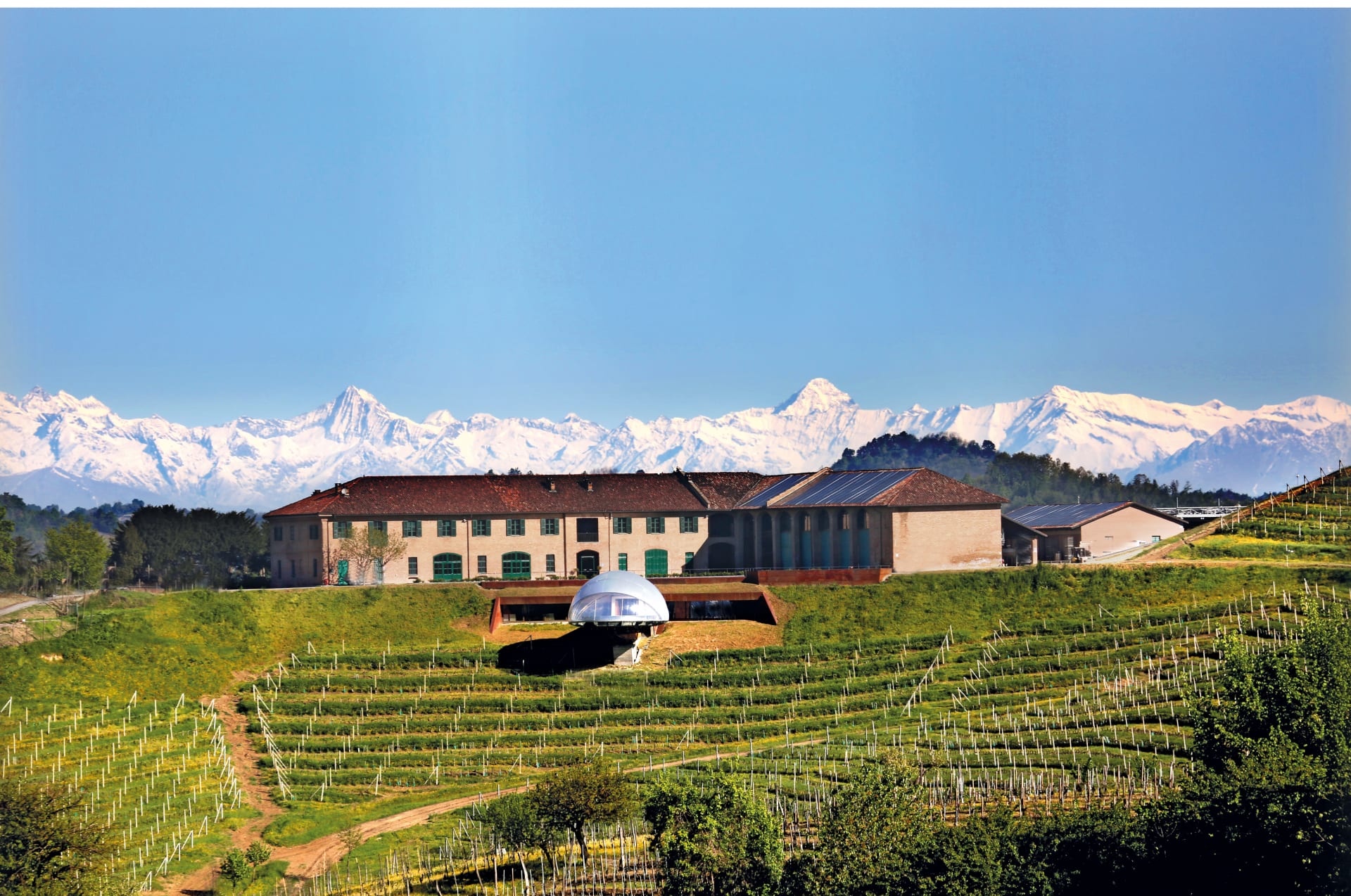
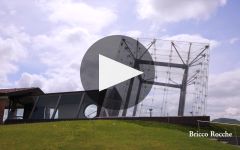
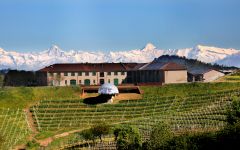
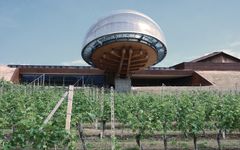
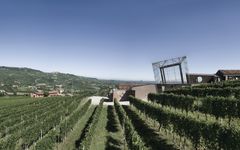

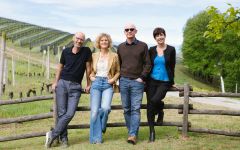
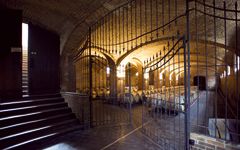
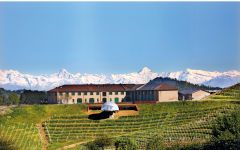

"The Langhe hills of Piedmont constitute that area of northern Italy where the wide and flat Pò river valley suddenly disappears and gives way on all sides to hulking and precipitous slopes. The Langhe hills are more than hills. They are ancient and rugged earth. Their narrow peaks are topped by castles, and they are thick to the horizon with grapevines. The Langhe hills are home to a small group of farmers and winemakers who, together, have succeeded in creating some of the planet’s finest expressions of place.
The Ceretto family is among that fortunate group. For three generations members of the Ceretto family have transformed the fruit of the Langhe’s vineyards into wines that speak of the regions identity. The famed Italian gastronome and intellectual Luigi Veronelli wrote, ""The land, the land, the land, the land, always, the land."" This philosophy is central to the Ceretto family. Reverence for this land has passed from Riccardo, who blended fruit from the region’s best vineyards, to Bruno and Marcello, who purchased Langhe vineyards and began bottling single crus, and finally to Alessandro, who is taking the winery into the 21st century by using natural methods to foster vines that are stronger, healthier, and more in balance with their environment. The Ceretto family has always been committed to producing the most expressive and authentic wines their land can yield."

Responsible for some of the most elegant and age-worthy wines in the world, Nebbiolo, named for the ubiquitous autumnal fog (called nebbia in Italian), is the star variety of northern Italy’s Piedmont region. Grown throughout the area, as well as in the neighboring Valle d’Aosta and Valtellina, it reaches its highest potential in the Piedmontese villages of Barolo, Barbaresco and Roero. Outside of Italy, growers are still very much in the experimentation stage but some success has been achieved in parts of California. Somm Secret—If you’re new to Nebbiolo, start with a charming, wallet-friendly, early-drinking Langhe Nebbiolo or Nebbiolo d'Alba.

A wine that most perfectly conveys the spirit and essence of its place, Barbaresco is true reflection of terroir. Its star grape, like that in the neighboring Barolo region, is Nebbiolo. Four townships within the Barbaresco zone can produce Barbaresco: the actual village of Barbaresco, as well as Neive, Treiso and San Rocco Seno d'Elvio.
Broadly speaking there are more similarities in the soils of Barbaresco and Barolo than there are differences. Barbaresco’s soils are approximately of the same two major soil types as Barolo: blue-grey marl of the Tortonion epoch, producing more fragile and aromatic characteristics, and Helvetian white yellow marl, which produces wines with more structure and tannins.
Nebbiolo ripens earlier in Barbaresco than in Barolo, primarily due to the vineyards’ proximity to the Tanaro River and lower elevations. While the wines here are still powerful, Barbaresco expresses a more feminine side of Nebbiolo, often with softer tannins, delicate fruit and an elegant perfume. Typical in a well-made Barbaresco are expressions of rose petal, cherry, strawberry, violets, smoke and spice. These wines need a few years before they reach their peak, the best of which need over a decade or longer. Bottle aging adds more savory characteristics, such as earth, iron and dried fruit.
